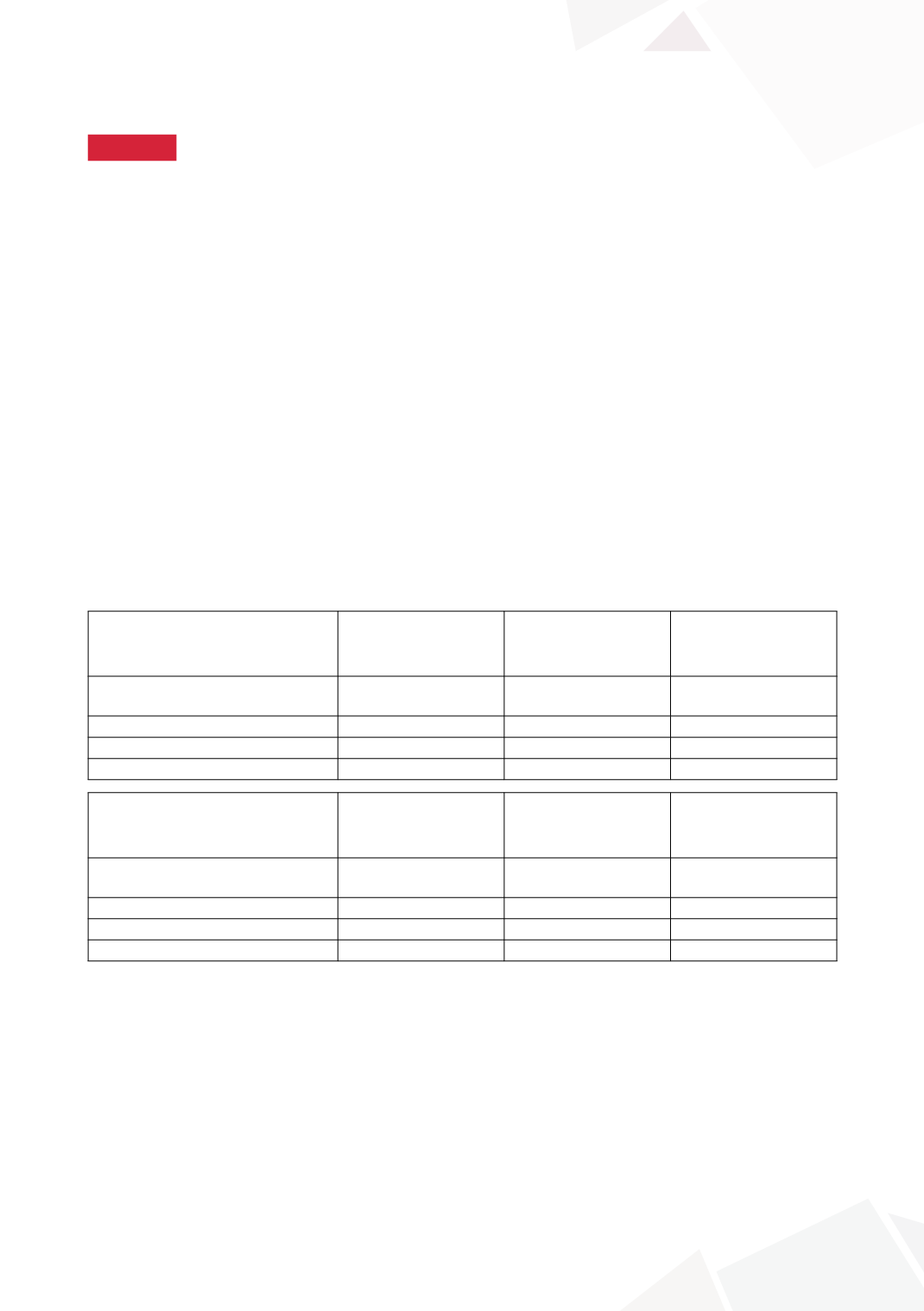

70
28
TH
CONGRESS OF THE ESPU
09:56–09:59
S6-5 (PP)
STENTING IN RENAL TRANSPLANT IN CHILDREN
Juan Pablo CORBETTA, Santiago WELLER, Javier RUIZ, Ramiro PEREA,
Enrique LAGO, Victor DURAN, Carol BUREK, Cristian SAGER
and Juan Carlos LOPEZ
Hospital de Pediatría Prof. Dr. Juan P. Garrahan, UROLOGY, Ciudad Autonoma Buenos Aires, ARGENTINA
PURPOSE
Stenting of the ureterovesical anastomosis in renal transplant is controversial.
The aim of the present study was to evaluate the incidence of complications in the use of ureteral
double J stent versus feeding tube (K33) ureteral catheter in renal transplantation in children.
MATERIAL AND METHODS
A retrospective study of patients who underwent renal transplantation using the Lich-Gregoir
technique for ureterovesical anastomosis from February 2008 to March 2014. Two groups to study
urological complications: patients retaining the feeding tube (K33) ureteral catheter for 5 days, and
stented patients with double J stent in place for 30 days. Patients with end stage renal disease
(ESRD) due to uropathy and nephropathy were identified and they were associated with complica-
tions that were classified into non-infectious (urological) and infectious (urinary tract infection).
RESULTS
A total of 183 patients were evaluated. Median (range) follow-up was 63 (22-95) months overall.
TOTAL NUMBER OF PATIENTS
(n=183)
FEEDING TUBE
5 days
(n=68)
DOUBLE J STENT
30 days
(n=115)
P
Value
Urological complications
(n=11; 6.01%)
n=8; 1.76%
n=3; 2.61%
0.012
with uropathy
n=2; 25%
n=2; 66.67%
ns
with nephropathy
n=6; 75%
n=1; 33.33%
ns
ns=not significant
TOTAL NUMBER OF PATIENTS
(n=183)
FEEDING TUBE
5 days
(n=68)
DOUBLE J STENT
30 days
(n=115)
P
Value
Infectious complications
(n= 58; 31.09%)
n=15; 22.06%
n=43; 37.39%
0.031
with uropathy
n=3; 20%
n=11; 25.58%
ns
with nephropathy
n=12; 80%
n=32; 74.42%
ns
ns= not significant
CONCLUSIONS
The use of the Lich-Gregoir technique and stenting reduces morbidity avoiding non-infectious
complications, but it increases the incidence of infectious complications regardless of the etiology
of ESRD.









